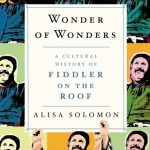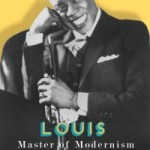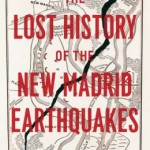
Akin For A Fight
“What is important in this volume is not necessarily Akin’s history of his career. Rather the book illustrates the key characteristics of many in the Christian right who make a difference at the ballot box. When there is such fundamental belief in certain tenets, political and societal division is inevitable and gridlock prevails.”









